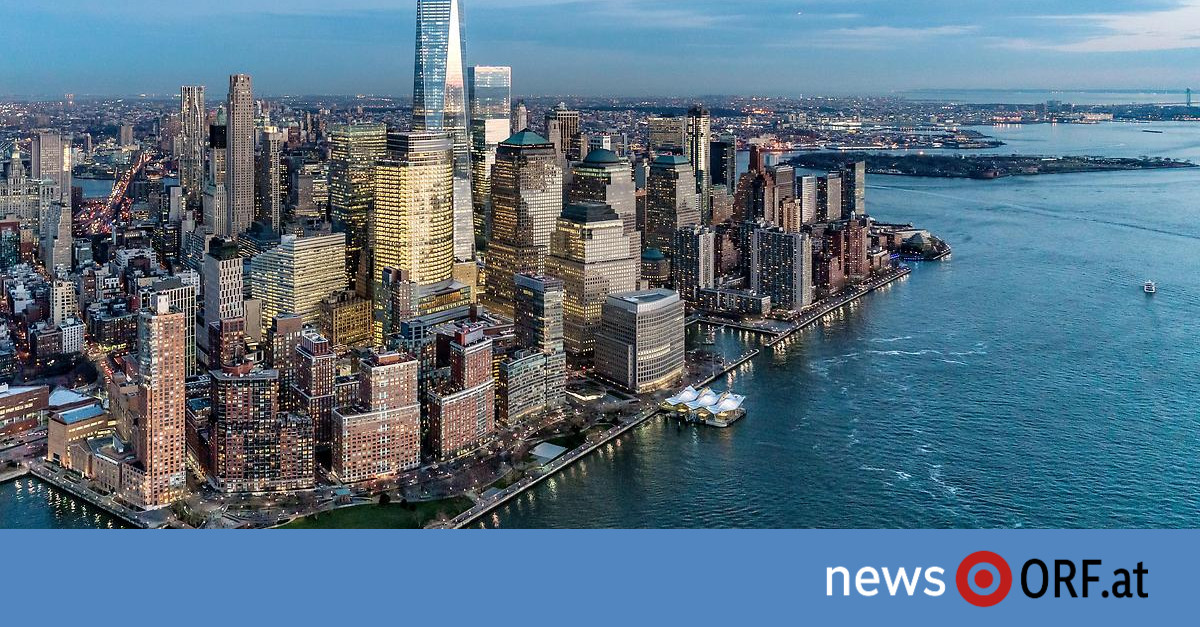The home office has been more of a lesser year in the US, plus inflation and a grim year for the tech industry, which is so important. All of this has caused office prices to plummet, even in the best city center locations. The younger generation of employees, in particular, has made it clear that the ability to work from home is more important to them than keeping a job. Especially when there are currently plenty of them and employers often fight desperately for their employees or have to please them, for example with the home office.
As a result, offices have been left empty and many companies have reacted by downsizing. According to a report from CommercialEdge, the US office vacancy rate was 16.3% at the end of October, 1.5 percentage points higher than a year earlier. And in the previous 12 months, vacancies increased in 86 of the 120 cities surveyed. In the top 25 markets for office technology, according to the software and data provider for real estate companies, there were as many as 22. According to Bloomberg, offices in New York and other metropolitan areas are only 40 percent occupied about, and this will remain so for some time to come.
A problem as an opportunity
The problem for some is obviously the opportunity for others: the New York real estate company Silverstein Properties wants to invest one and a half billion dollars (1.4 billion euros) in the purchase of office skyscrapers in New York and convert them into buildings residential. The company, which leased the World Trade Center towers destroyed in the 9/11 terrorist attacks and then built the new complex there, is currently looking for additional investors.
Silverstein CEO Marty Burger says he plans to buy old office towers in Manhattan that have high vacancy rates or are saddled with high debt. Similar projects are also being studied in other US cities such as San Francisco, Los Angeles, Washington DC and Boston.
“Huge Market”
Silverstein has already purchased its first office tower on South Wall Street this year. The conversion into apartments is expected to start next year. It’s a “huge market,” Burger said with conviction. Indeed, in parallel with the reduction in rental office space, apartment prices have skyrocketed. According to business agency Bloomberg, rents in Manhattan hit a new record high this year.
It’s a really tough time to rent office space, at the same time the real estate market is “very hot”. It is hoped that some of these office buildings can be purchased and converted for residential use. “The city urgently needs it.”

the pressure will continue to rise
The pressure on US real estate companies specializing in office space will likely increase in the coming weeks and months: many companies, especially in the technology sector, which is currently losing tens of thousands of jobs, are radically cutting office space. Many contracts expire at the end of the year and need to be renegotiated. Prices are also rising due to inflation, which makes it even more attractive for companies to save on office expenses. Silverstein and others who rely on the rather complex and often years-long conversion into apartments can therefore rightly hope for relatively affordable purchase prices.
The value of office buildings in the United States could drop as much as 39%, the New York Times reported, citing a joint study by Columbia and New York University.
Important source of income for cities
Vacancies could soon become a problem for cities. If the value of office buildings decreases, the corresponding wealth tax must be reduced. Property tax is the most important source of income for municipalities in the United States. Many real estate companies have already applied for a reduction. In cities that recalculate their property tax annually, the number of such applications is up to 40% higher than in an average year before the pandemic, according to the Wall Street Journal.

In return, cities are likely to raise apartment taxes to close — in the worst-case fatal — budget gaps. The fact that life in the downtowns of US metropolises is becoming more popular again, especially among young people, could also help slow down, if not reverse, the ten-year trend towards the segregation of work – in the city center – and of life in the suburbs . The US economist Richard Florida was already convinced in the summer: “The city center is not dying, it is changing”.
According to the New York Times, officials and businessmen from New York, Chicago, Philadelphia and Seattle have met several times in recent weeks to brainstorm business development ideas at the initiative of the Brookings Institution and the downtown office district. city.
Last but not least, it would be a return to the old status quo that existed before the industrial revolution and which is now again considered desirable: namely that work, life and leisure intertwine in urban centres.
